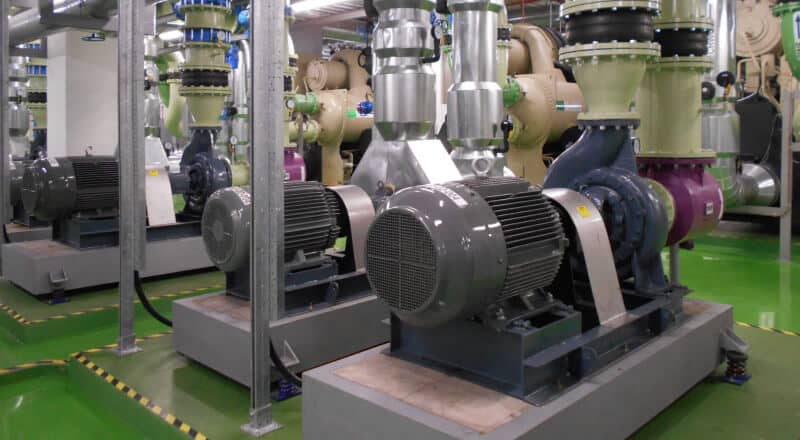Speed control of fan motors is essential for various applications where precise airflow management, energy efficiency, and noise reduction are required. Here are several methods commonly used for speed control of fan motors:
- Variable Frequency Drives (VFDs): VFDs are electronic devices that control the speed of AC motors by adjusting the frequency and voltage of the electrical power supplied to the motor. By varying the frequency, VFDs enable precise speed control of fan motors, allowing them to operate at different speeds based on the system’s requirements. VFDs are highly efficient and can lead to significant energy savings by matching motor speed to the actual load demand.
- Pulse Width Modulation (PWM): PWM control involves rapidly switching the power supplied to the motor on and off at varying duty cycles. By adjusting the width of the pulses, PWM controllers regulate the effective voltage supplied to the motor, thereby controlling its speed. PWM control is commonly used in DC fan motors and offers precise speed control with minimal energy losses.
- Voltage Control: Voltage control involves adjusting the voltage supplied to the motor to regulate its speed. This method is often used with single-phase AC induction motors and can be achieved using autotransformers or solid-state voltage regulators. While voltage control is relatively simple and cost-effective, it may result in reduced motor efficiency and increased heating at lower speeds.
- Multi-Speed Motors: Some fan motors are designed with multiple windings or taps that allow them to operate at different speeds. By selecting different windings or taps, the motor speed can be adjusted to meet the desired airflow requirements. Multi-speed motors are commonly used in HVAC systems and other applications where preset speed options are sufficient.
- Electronic Commutation: In brushless DC (BLDC) fan motors, electronic commutation is used to control motor speed. BLDC motors rely on electronic circuitry to switch the current flow through the motor’s windings, allowing for precise speed control without the need for brushes or commutators. Electronic commutation offers smooth operation, high efficiency, and quiet performance.
- Thermal Control: In some applications, fan speed is controlled based on temperature feedback from sensors. As the temperature increases or decreases, the fan speed is adjusted accordingly to maintain optimal operating conditions. Thermal control is commonly used in electronic devices, computers, and HVAC systems to regulate airflow and prevent overheating.
Each method of fan motor speed control has its advantages and limitations, and the most suitable approach depends on factors such as the type of motor, application requirements, and desired level of control. By selecting the appropriate speed control method, engineers can optimize fan performance, energy efficiency, and overall system reliability.
Click here for more information


